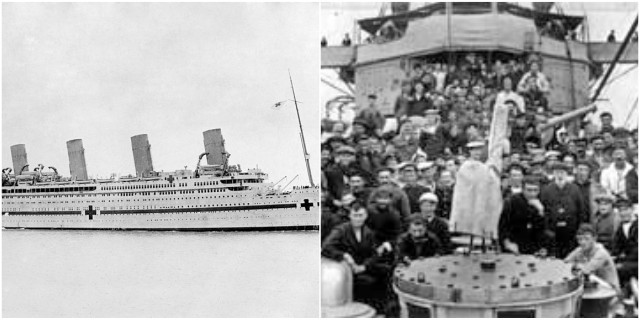Everyone has heard the story of April 15, 1912, when the RMS Titanic struck an iceberg, resulting in the loss of more than 1,500 lives.
Many people have heard about the Titanic‘s older sister, the RMS Olympic, but most people do not know that the Titanic also had a younger sister – the HMHS Britannic.
His Majesty’s Hospital Ship Britannic was the third “wonder ship” to be built in 1914. It was a sister ship of the Olympic (built in 1911) and the Titanic (built in 1912).
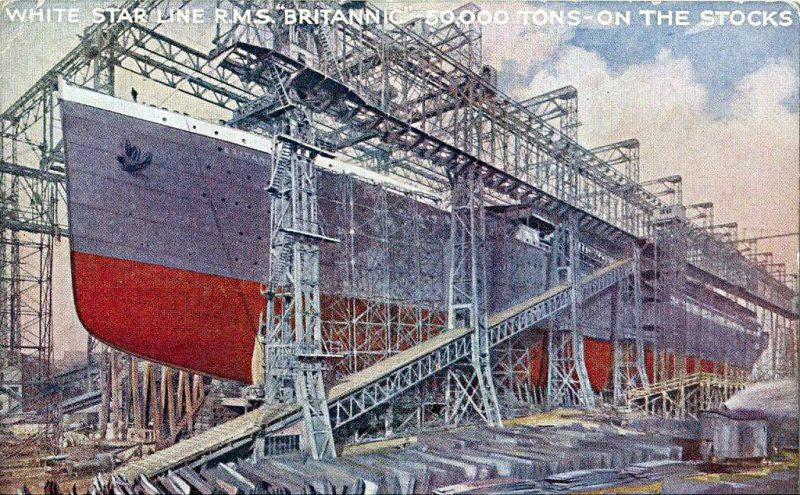
The Britannic was built by the Belfast firm Harland and Wolff as part of a class of transatlantic luxury liners for the White Star Line.
The Britannic was to be the largest and the fastest of the three “wonder ships.” Originally, the ship was to be named Gigantic but her name was changed to Britannic after the loss of the Titanic.
After the Titanic sank in April 1912, the Britannic had to be redesigned to incorporate various safety modifications.

The hull of the ship had to be completely redesigned to make it less vulnerable to icebergs and the Britannic now had to carry enough lifeboats to accommodate every passenger and crew member. The modifications that were made should, in theory, have prevented her from sinking in under three hours.
The Britannic was launched in 1914, just a few months before World War I broke out in Europe. The British government requisitioned the Britannic to serve as a hospital ship during the war.
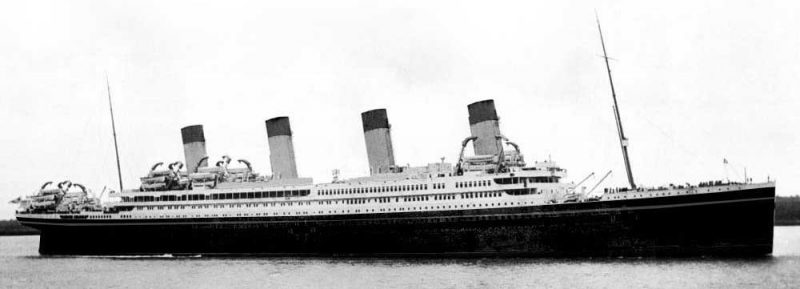
Commanded by Captain Charles Bartlett, the Brittanic was now repainted white and it could carry more than 3,000 patients.
On December 23, 1915, the Britannic left England sailing from Liverpool via Naples to the island of Lemnos, Greece. It arrived back in England on January 9, 1916, carrying around 3,300 casualties.
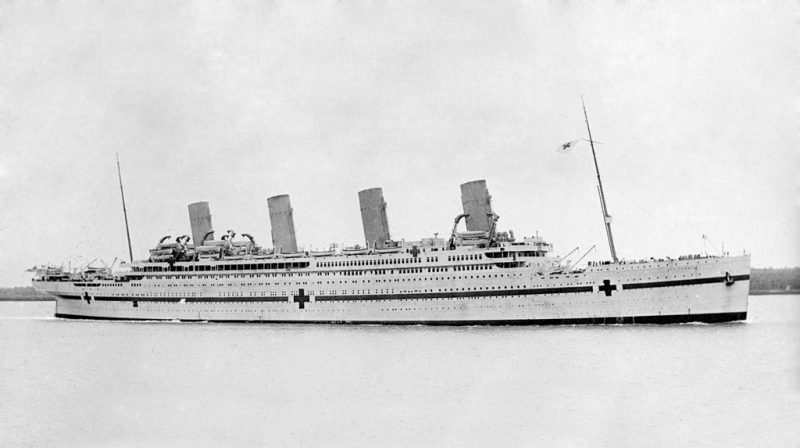
The Britannic made four more successful voyages until her luck ran out. She left Southampton for her final voyage at 2.23 p.m. on the 12th November 1916.
The Britannic was on its way to pick up more wounded soldiers near the Gulf of Athens when on Tuesday 21st November, at 8.12 a.m. a loud explosion echoed around the ship.
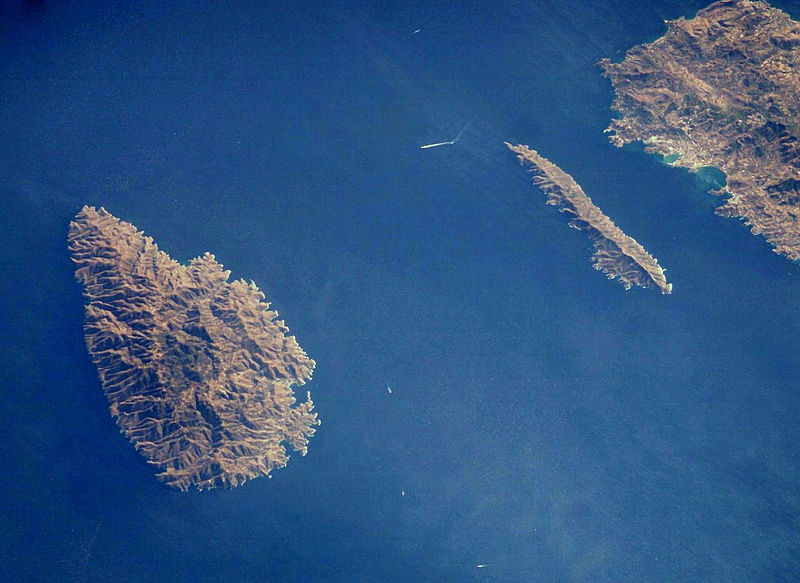
Water began to enter open portholes on the starboard side and Captain Charles Bartlett wanted to beach the ship on the nearby island of Kea and ordered full speed. However, his decision just caused more water to enter the ship.
There was nothing more that Captain Charles Bartlett could do and he ordered it abandoned. The Britannic sank less than an hour after the explosion.

Out of the 1066 people on the Britannic, only 30 died due to the propellers. The Britannic was the largest ship sunk during the First World War.
Famous explorer Jacques Cousteau found the ship on the 3rd December 1975. British author and historian Simon Mills bought the wreck for £15,000 and he said he wanted to “reconstruct its story” while allowing the “public to participate.”
British author and historian Simon Mills bought the wreck for £15,000 and he said he wanted to “reconstruct its story” while allowing the “public to participate.”
